Samsung Galaxy S22 Ultra review: A bold experimental mashup with leftover specs
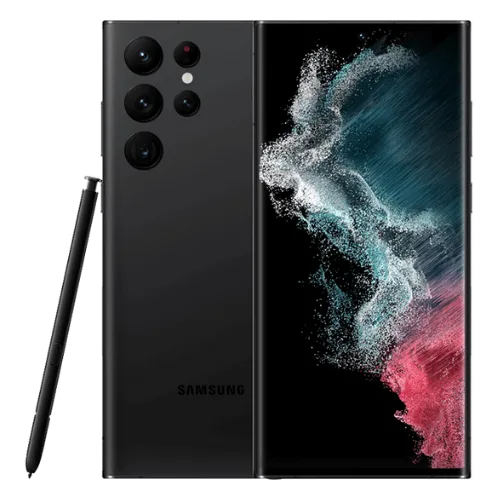
-
- Battery Score
3
- Camera Score
4
- Design Score
4.5
- Performance Score
4
- Battery Score
3
Summary
Quick verdict: Samsung is experimenting with the Note and S hybrid in the S22 Ultra. But with a high price tag and some specs we already saw last year, is it enough?
- S Pen
- Gorgeous 120Hz display
- Qualcomm Snapdragon processor
- Nice camera
- Less RAM than the S21 Ultra
- Battery life isn’t the best
- Expensive
Details
Pricing & Availability
| RRP | $0 |
| Launch date | 2022-02 |
Last year we saw the death of the Samsung Note. For those of us who loved this weird, stylus-focused creature, there was much wailing and gnashing of teeth. But we have been offered a glimmer of hope with the Samsung Galaxy S22 Ultra. It has adopted not only the infamous S Pen, but the same squared design of the Note.
Between this and its foldables, Samsung is getting dangerously close to going all-in on the phablet game when it comes to its top shelf devices. And I for one am here for it. Although I do apologise for saying "phablet".
The Samsung Galaxy S22 Ultra is the big daddy of the S22 range. It's the only one that has been styled after the Note in terms of design and S Pen functionality, meaning it is really set apart from the smaller devices.
Being at the top of the proverbial food chain, this flagship S22 device has the most to offer when it comes to features. And yet despite the higher price tag, some of the key specs are the same as last year.
Design
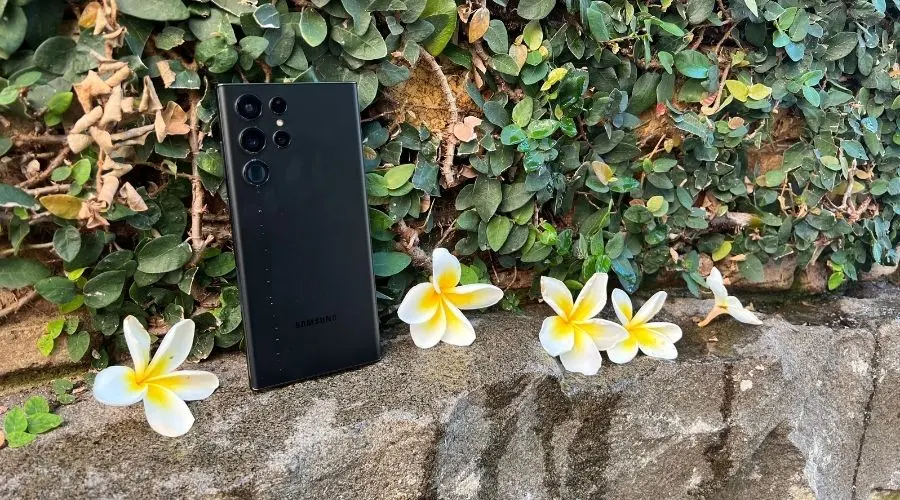
Image: Tegan Jones/Finder
More so than previous years, there is quite a large differentiation between the Samsung Galaxy S22 Ultra compared to the smaller phones in the range.
And this is because it is essentially the love child of the S and Note series being unleashed upon the world.
I've always had a soft spot for the Galaxy Note and its S Pen. So I was quite sad when it seemed like it was being replaced by the Z Fold series. But it's back and has the processing power of the S to back it up.
I like the edgier design that has been reserved for the Ultra. It straight up looks and feels like a Note. And despite being a satanic 6.8 inches, it's still quite light in the hand, which I wasn't expecting.
Another key difference between the Ultra and the rest of the range is the camera array. The S22 Ultra doesn't have a camera bump, meaning the lenses are baked straight into the chassis. It looks good and means the device can sit flat, but it's made me quite paranoid about lens damage.
Still, at least the phone is supposed to be pretty tough. It contains Corning Gorilla Glass Victus+ as to help protect against damage. But sadly I am a walking stress test and have managed to get some scratches on the front and back of the device by simply existing.
It doesn't help that the S22 Ultra is a slippery bastard. Seriously, the number of times I have seen it slowly but surely slide off surfaces is almost impressive.
My advice? Get a case and a screen protector on this bad boy as soon as possible.
When it coms to colour options, I am deeply bored by black and/or white in phones. I respect their need to exist, but I like something a little more interesting. And fortunately Samsung is providing the goods with green and burgundy options, with the latter being hot AF.
Alternatively, if you buy directly from Samsung you also have the choice of graphite, sky blue and red.
Performance

The Samsung Galaxy S22 Ultra uses a brand spanking new 8th generation Qualcomm Snapdragon processor. This would usually be inconsequential to us Australians, as we usually get Samsung's proprietary Exynos processors instead.
Not anymore! And that's quite exciting.
And when it comes to performance, the Ultra does a great job. I was giving it quite a battering during the review period – switching between mobile games, streaming services, work apps and social media. Not to mention taking many, many camera sample shots. It help up remarkably well and, to my surprise, didn't run hot once. This is probably in part due to the improvements to the thermal system, which is clearly working.
But when it comes to raw benchmark numbers, it's not quite best in class. In fact, the S22 Ultra is outpaced by its younger sibling, the S22+. Still, there's probably not enough of a difference for regular users to notice. While it's beaten by Apple by a huge margin, you're still going to experience a powerful handset in the S22 Ultra. And hey, it certainly does annihilate the Pixel 6 devices when it comes to raw power.
It's worth calling out that despite being the newest model, the S22 Ultra RAM specs are somewhat downgraded from last year. The S21 Ultra had 8GB, 12GB and 16GB RAM options, whereas the S22 Ultra no longer has that 16GB option.
That being said, the company is bringing the 1TB storage option back for the first time in 3 years. However, you can only buy this model direct from Samsung. This is probably because it costs $2,449. Yowza.
But what about the screen?
My experience with the 6.8-inch Quad HD+ Dynamic AMOLED display and its 120Hz dynamic refresh rate has been silky smooth. While this is nothing new (the S21 Ultra had it, as does the iPhone 13 Pro Max and Google Pixel 6 Pro) it's still lovely. It adds some extra oomph to mobile gaming and even simply scrolling and browsing is a delight. That being said, it's taking a toll on the battery life. But we'll get to that.
In the meantime, if you're concerned about this, you can set the refresh rate to a flat 60Hz, which still works beautifully.
As for the S Pen performance, Samsung says it has 70% lower latency than the previous Note 20 and S21 Ultra iterations. This brings it down to just 2.8ms. In addition, the S22 Ultra's display is said to be 3 times more responsive to the S Pen this time around.
And the experience truly is lovely. Whether you're taking notes or using the S Pen to navigate your device online or offline, it's a treat. But besides the speed, it's really no different to previous years. It sure is still a stylus. And that's fine. I like it. However, I will say that being presented with the note-taking feature as soon as you unholster the S Pen (you don't even need to unlock the device) still slaps. It's not new, but I still dig it.
Lastly, it's worth calling out that the entire S22 range will receive 4 years of Android updates, which we love to see.
Camera
The Samsung Galaxy S22 Ultra comes with a 108MP wide-angle primary lens which is paired with a 12MP ultra-wide. It also has 2 optical telephoto lenses – a 10MP and a 3MP.
Eagle-eyed readers may have clocked that this is the exact same camera hardware as the S21 Ultra. But Samsung has stressed that there are improvements in the software that lead to better lowlight and post-processing performance.
For example, the resolution of all 3 lenses are combined to do something called pixel binning. This creates one large pixel from the data of many pixels across the cameras. This helps improve the brightness, which is great for low light conditions.
And in my experience so far, these improvements are pretty accurate. This camera set-up does a pretty good job of shooting in darker environments and its post-shoot processing is quite impressive.


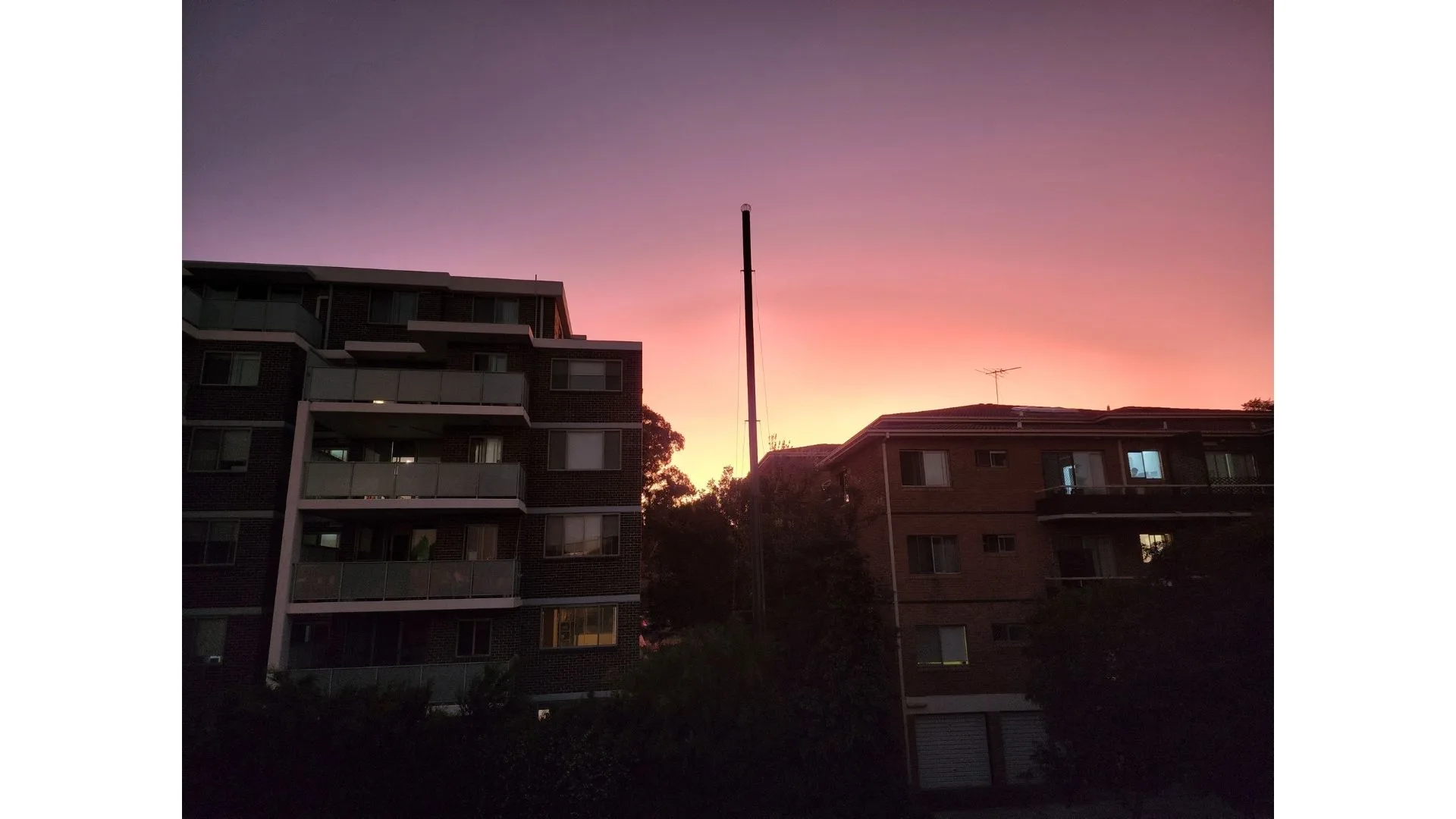
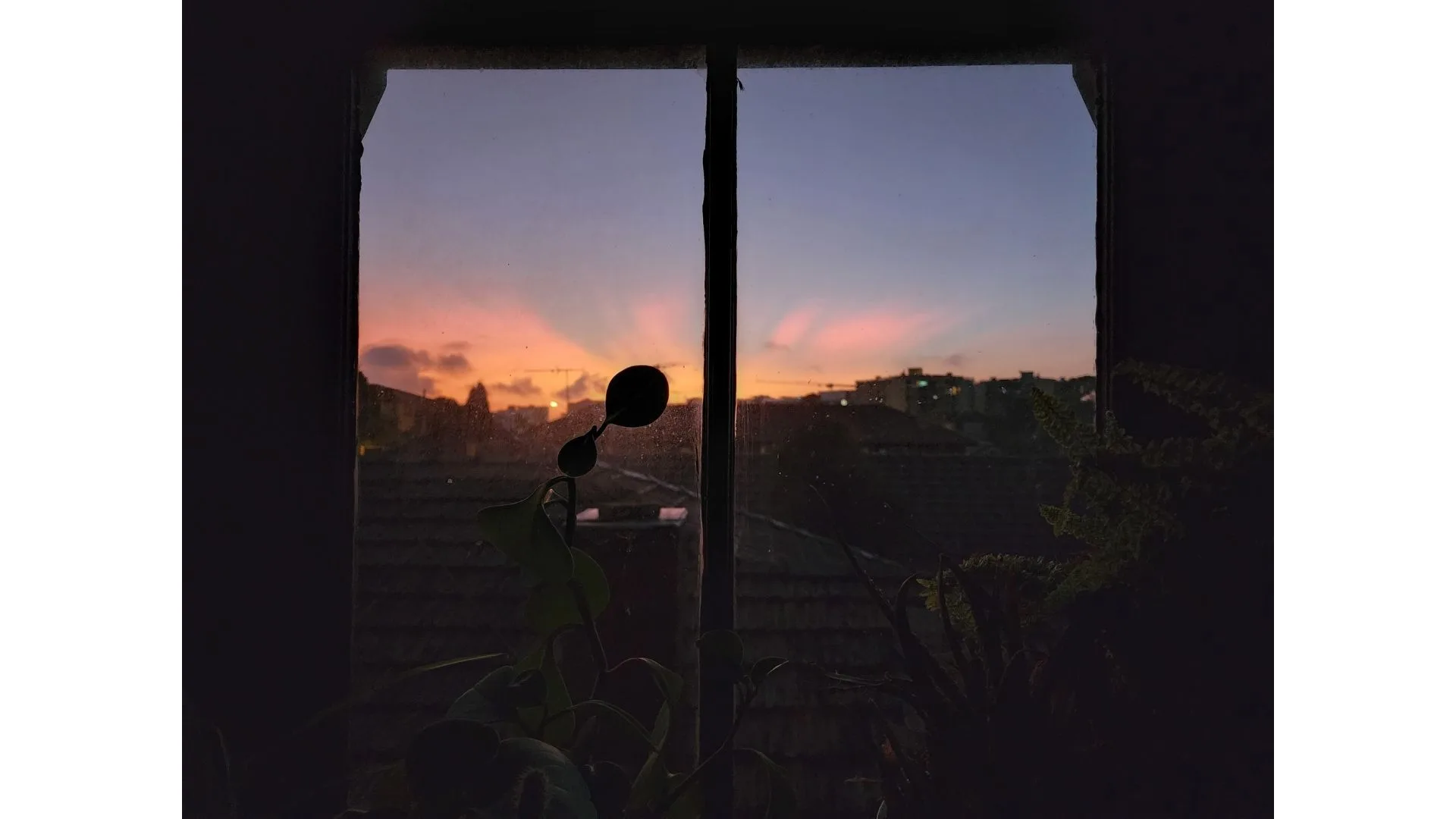

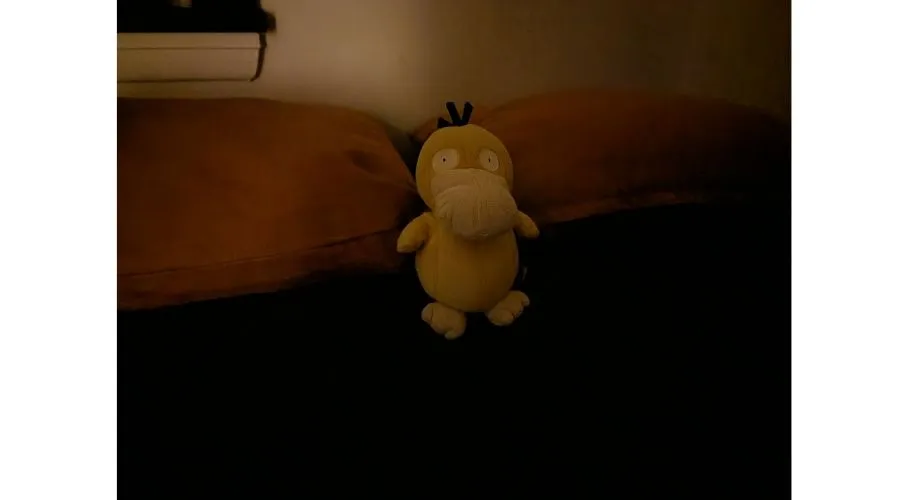
Image: Tegan Jones/Finder
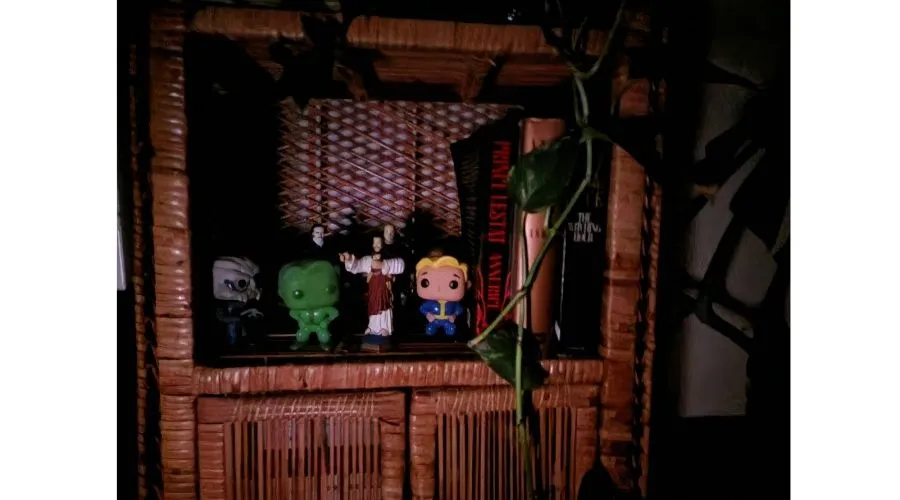
Image: Tegan Jones/Finder
When it comes to regular point and click shots, the Samsung S22 Ultra offers vibrant and clear shots, perhaps to a fault. Compared to the Google Pixel 6 Pro and the iPhone 13 Pro Max, the colourisation on the S22 Ultra is a bit over-saturated for my taste.
The device can also have a proclivity for over-smoothing images, especially when human subjects are involved.
Neither of these admittedly personal issues are evident in all shots, and you can always play with the settings and the pro modes to perfect it further, but it can be a little distracting.
Still, you can't be angry about shots like this:
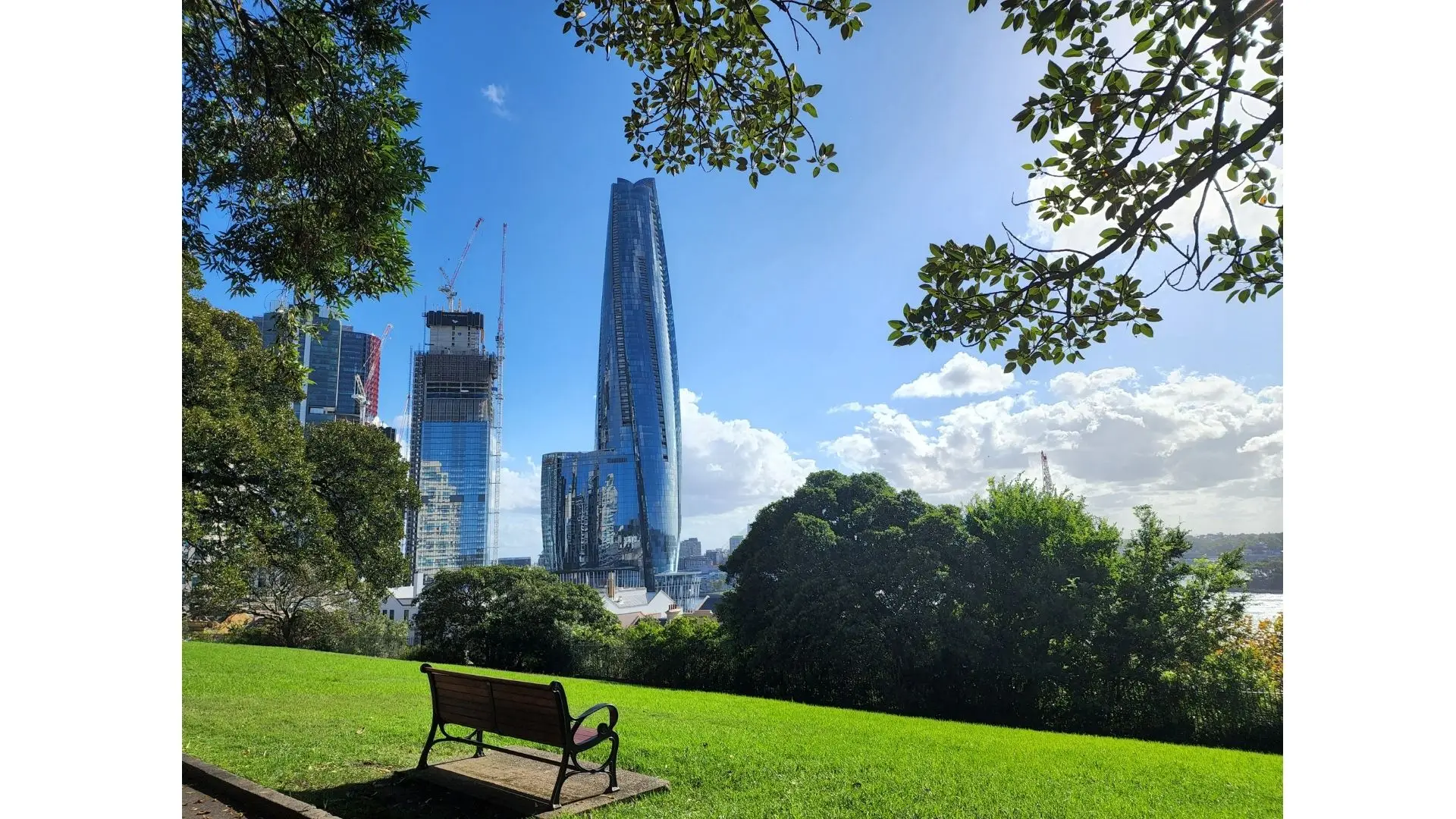
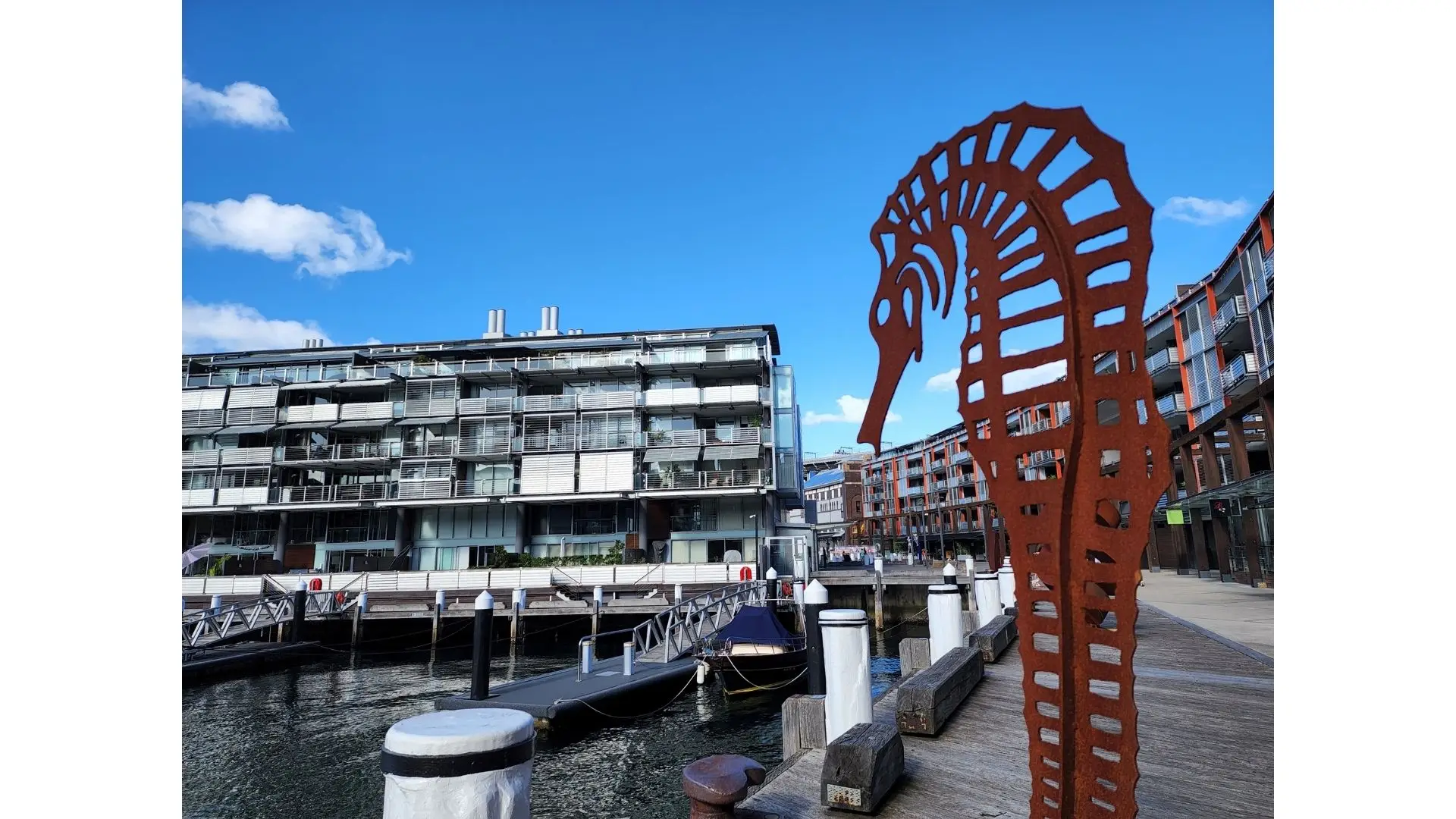
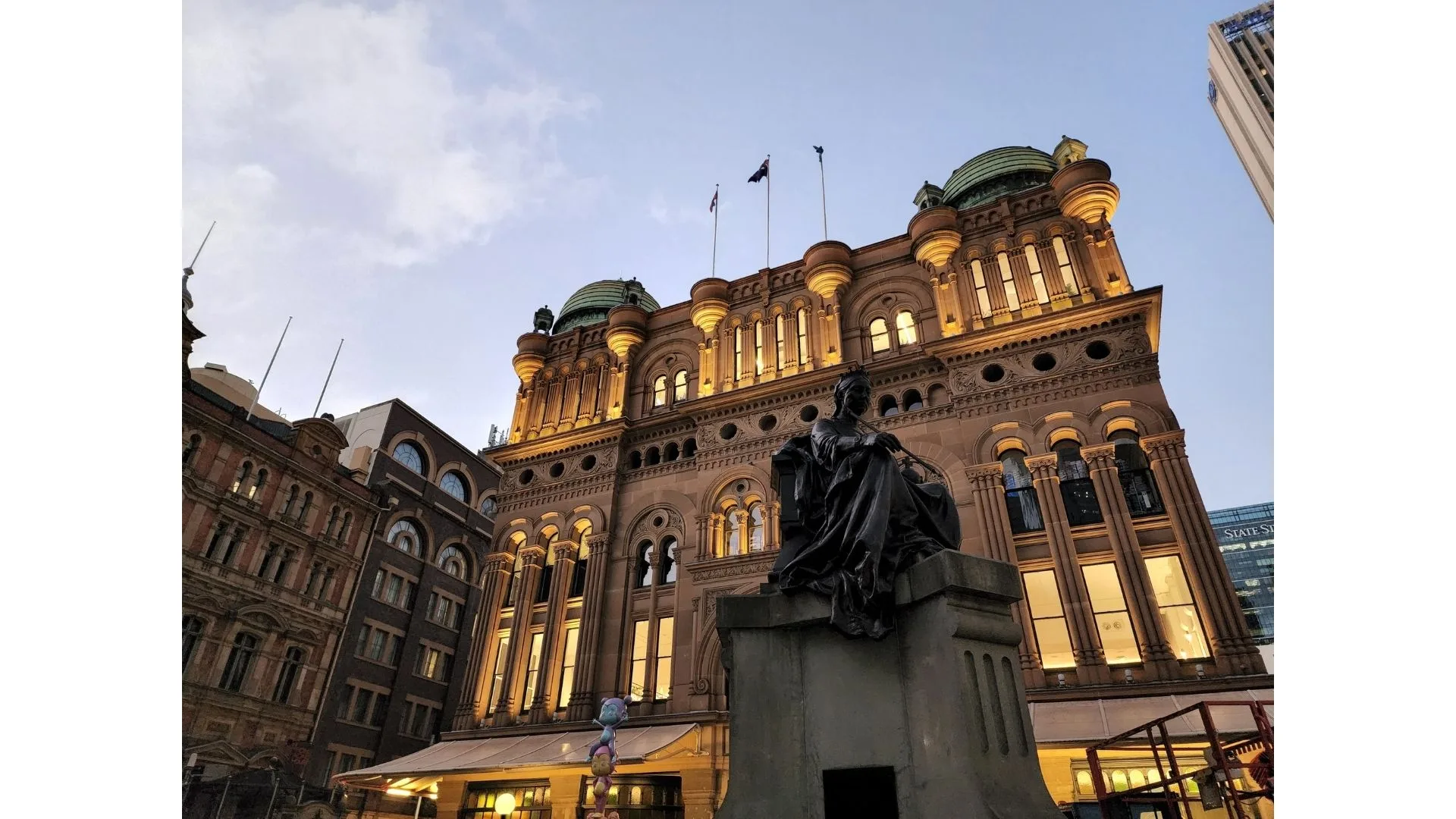

Where the camera really stood out for me was with the front and rear portrait modes. The Ultra does a beautiful job with highlighting the subject against a bokeh backdrop.
This also extends to video and the improved portrait video mode, which manages to subtly blur the background while highlighting moving targets. And it does a fantastic job.




When it comes to the zoom, the Samsung Galaxy S22 Ultra undoubtedly reigns supreme. And this is largely due to some key differences in hardware.
The S22 Ultra has 10x optical zoom, as opposed to the iPhone 13 Pro Max's 3x. And it shows.
The Ultra can go up to 100x zoom, where the Pro Max taps out at 15x. And it looks pretty bad. Comparatively, the Ultra still looks great at 10x and even 30x. 100x was a little more difficult without a tripod but I have to say, the post-shoot processing smoothed out most of my tests enough to still be impressed.
1x zoom

Image: Tegan Jones/Finder
3x zoom

Image: Tegan Jones/Finder
5x zoom

Image: Tegan Jones/Finder
10x zoom

Image: Tegan Jones/Finder
30x zoom

Image: Tegan Jones/Finder
100x zoom

Image: Tegan Jones/Finder
Here are some more camera samples for your viewing pleasure:

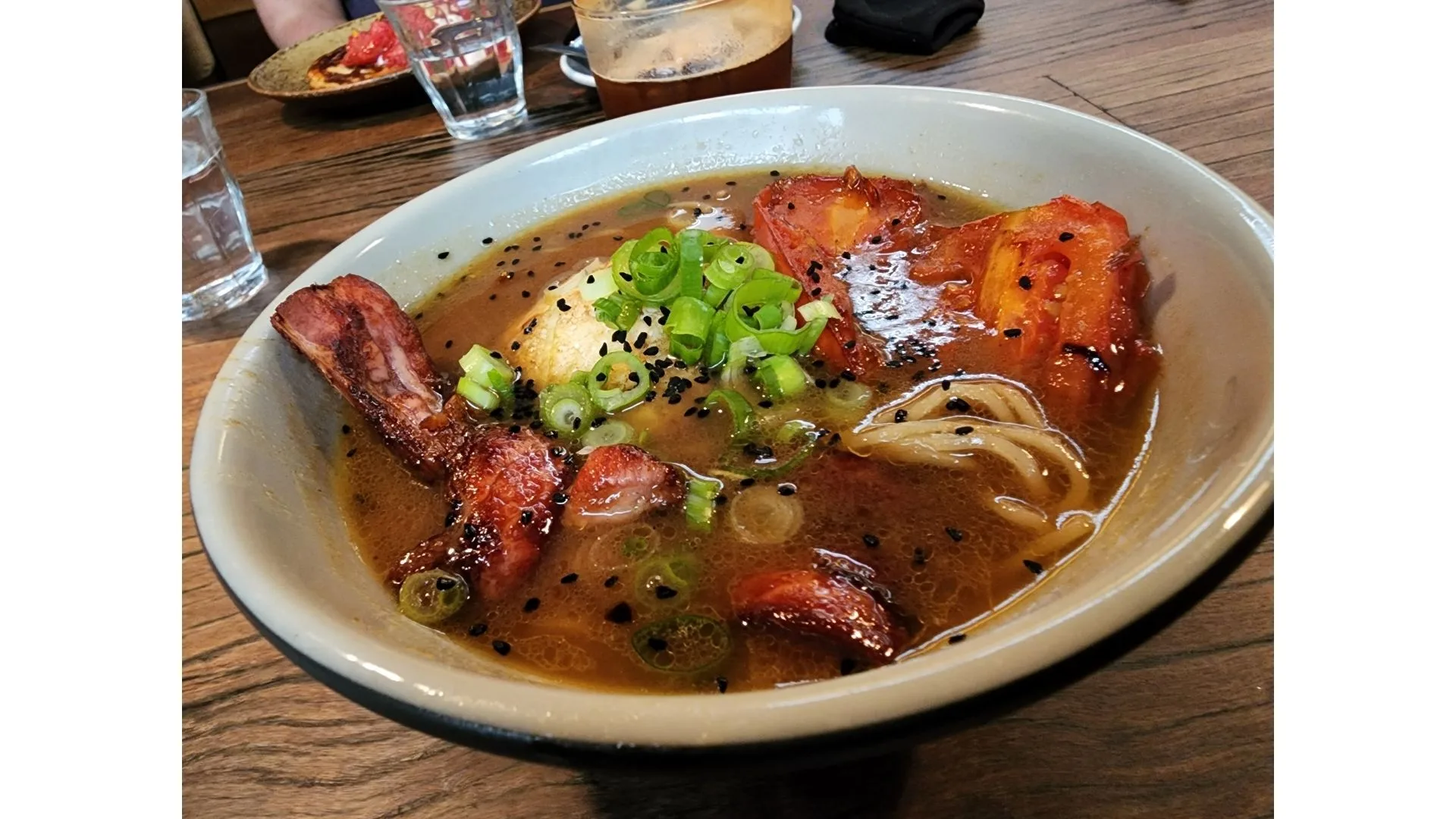


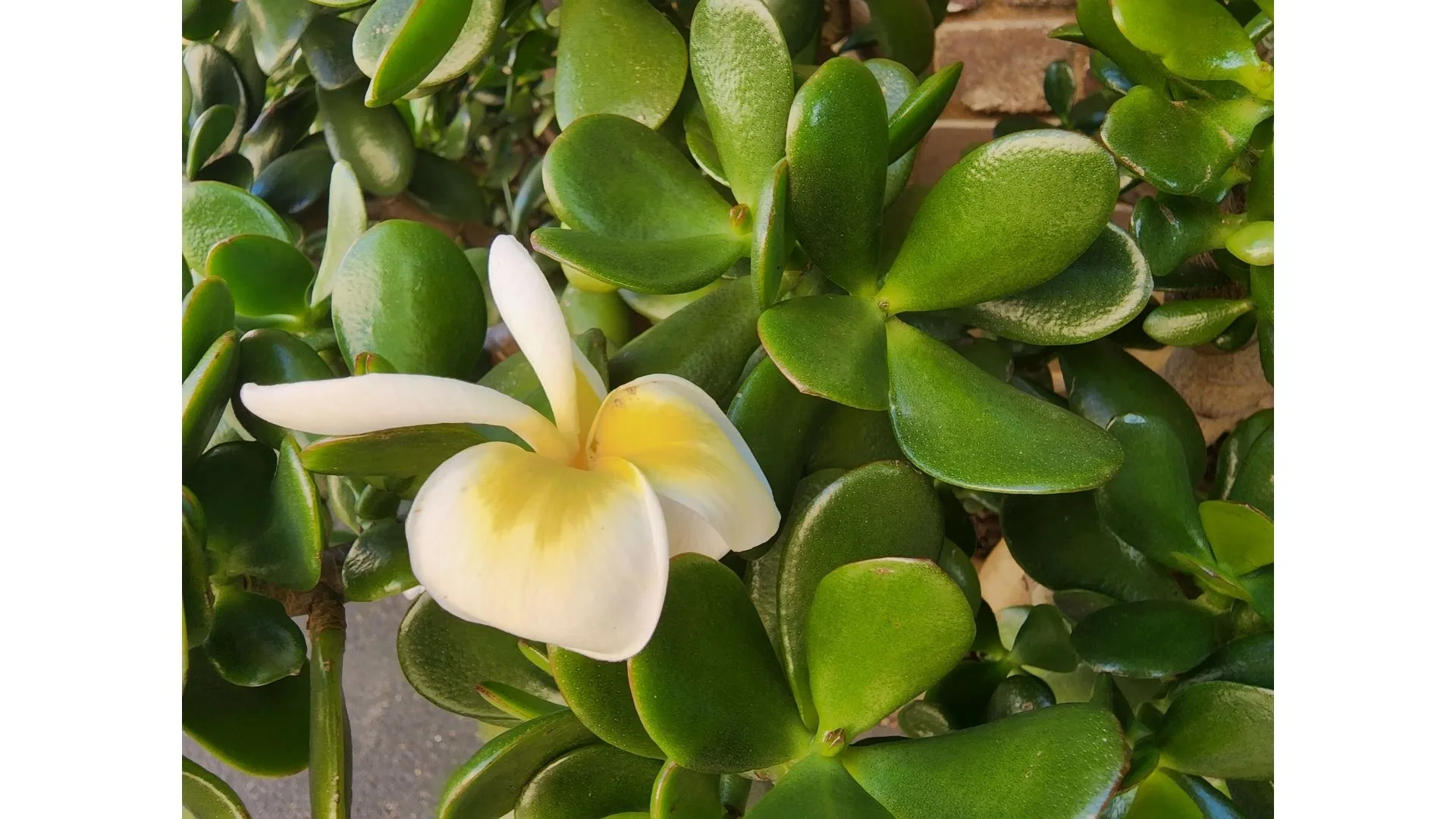
Battery
The Samsung Galaxy S22 Ultra has the same 5,000mAh battery as the previous generation. This is most likely due to the inclusion of the S Pen storage slot, meaning a bigger battery couldn't be injected this time around.
I voiced some concerns over this in my first look review, particularly due to the 120Hz dynamic refresh rate. This has not done well for Samsung in the past when it comes to battery longevity.
And sadly this continues to be the case.
We conducted our standard battery rundown test which involves streaming content for 1 hour at 100% brightness and volume. If your phone is 90% or above it tends to indicate that it will last all day.
The Samsung Galaxy S22 Ultra came in at exactly 90%. Comparatively, the iPhone 13 Pro Max came in at 98% and the Google Pixel 6 Pro at 96%. Both of these devices also have 120Hz variable refresh rate, as well as 5G functionality.
While the S22 Ultra may last you till the end of the day, it's not a great results when you compare it to its biggest competitors. For example, the Google Pixel 6 Pro starts at just $1,299 – $549 cheaper than the S22 Ultra.
But what about fast charging?
There is indeed an upgrade in this department. The Samsung Galaxy S22 Ultra is capable of 45W fast charging, rather than the 25W of the previous generation. That's quite the jump.
However, you won't find a 45W capable charger in the S22 Ultra's box. You have to buy it separately, which is a bummer.
And if you're looking to use the Samsung Galaxy S22 Ultra's wireless charging functionality, we have a handy guide right here of the best wireless chargers on the market.
What about 5G?
The review unit provided to Finder Australia was a US model. This means it was incompatible with Australian 5G networks so we were unable to test this functionality.
This lack of feature may have also impacted our battery testing – to date 5G connectivity has had a negative effect on all applicable devices. So keep in mind that retail versions of the Samsung Galaxy S22 Ultra may have their juice impacted further if you're utilising 5G.
Should you buy the Samsung Galaxy S22 Ultra?
- Buy it if you're a Note fan or someone who wants the biggest and best Samsung has to offer.
- Don't buy it if you want something cheaper with a more robust battery life.
Die-hard Samsung Galaxy Note fans who have the capital to back up their love will probably relish the S22 Ultra. It's everything we thought we lost but with a Snapdragon processor and 120Hz screen.
But I do wonder if those who usually buy the S Series might be scared off by the S Pen and complete redesign. Perhaps they weren't buying the Notes for a reason? Time and sales will tell.
Then there's the muted hardware upgrades. We know software can do a lot of heavy lifting, but it doesn't look good when a flagship device has the same camera lenses and battery size as the previous year, as well as one less RAM option. And as we saw in the performance benchmarks, it's falling behind.
Still, I have enjoyed my time with the S22 Ultra and am pleased about Exynos making an appearance. Overall it's a beautiful phone to use, takes lovely photos and is still quite powerful. But considering it starts at $1,849 I wish there was a little bit more hardware substance to this Note x S Series experiment.
But if you're looking for something a bit smaller and cheaper, you may want to consider the S22 or S22+ instead.
Samsung Galaxy S22 Ultra review: Pricing and availability
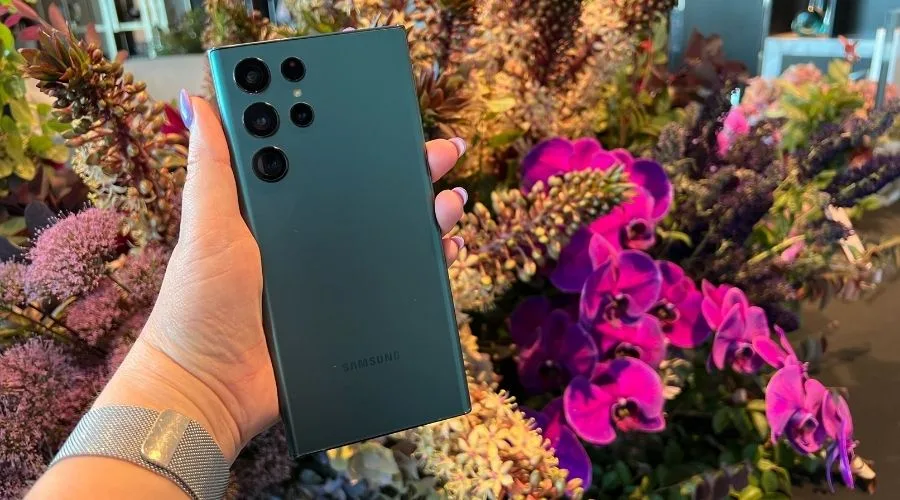
The Samsung Galaxy S22 Ultra will start at $1,849 in Australia for the 8GB/128GB version. The 12GB/1TB variant will cost a truly casual $2,449.
The devices will go on sale in Australia on 4 March 2022. You can also buy most of them on a plan and we have them all broken down here.

Specifications
Display
Camera
Physical Dimensions
Connectivity
Power, storage and battery
Device features
How we tested
The Samsung Galaxy S22 Ultra was tested extensively over a 1-week period as the author's daily driver. She has been testing and reviewing phones for over 5 years and won best reviewer at the 2021 Australian IT Journalism Awards.
Sources
Your reviews
Tegan Finder
Editor
You are about to post a question on finder.com.au:
- Do not enter personal information (eg. surname, phone number, bank details) as your question will be made public
- finder.com.au is a financial comparison and information service, not a bank or product provider
- We cannot provide you with personal advice or recommendations
- Your answer might already be waiting – check previous questions below to see if yours has already been asked
Finder only provides general advice and factual information, so consider your own circumstances, or seek advice before you decide to act on our content. By submitting a question, you're accepting our Terms Of Service and Finder Group Privacy & Cookies Policy.
This site is protected by reCAPTCHA and the Privacy Policy and Terms of Service apply.

